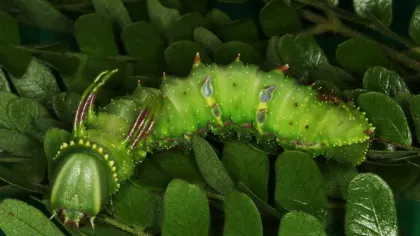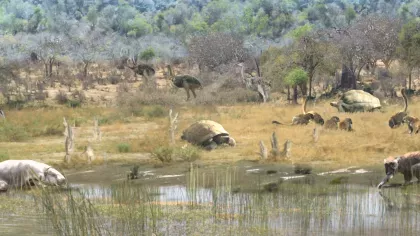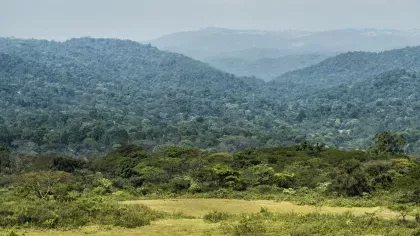8 July 2020
Double coconut: The largest seed in the world
How did the double coconut, one of the natural world’s most celebrated and mysterious phenomena, evolve on a remote island?

On the beautiful islands of the Seychelles in the Indian Ocean grows a legendary palm. Lodoicea maldivica, also known as the double coconut, or coco-de-mer, is renowned for producing the largest and heaviest seeds in the world.
With their rather suggestive shape and weighing up to an impressive 25kg, while measuring up to half a metre long, these spectacular seeds are attractive to scientists, tourists and poachers alike.
Legend has it that the double coconut possesses medicinal properties. Although these “healing powers” remain unproven, the palm remains of high interest as an aesthetic wonder, with single nuts currently sold for £500-£2,000.
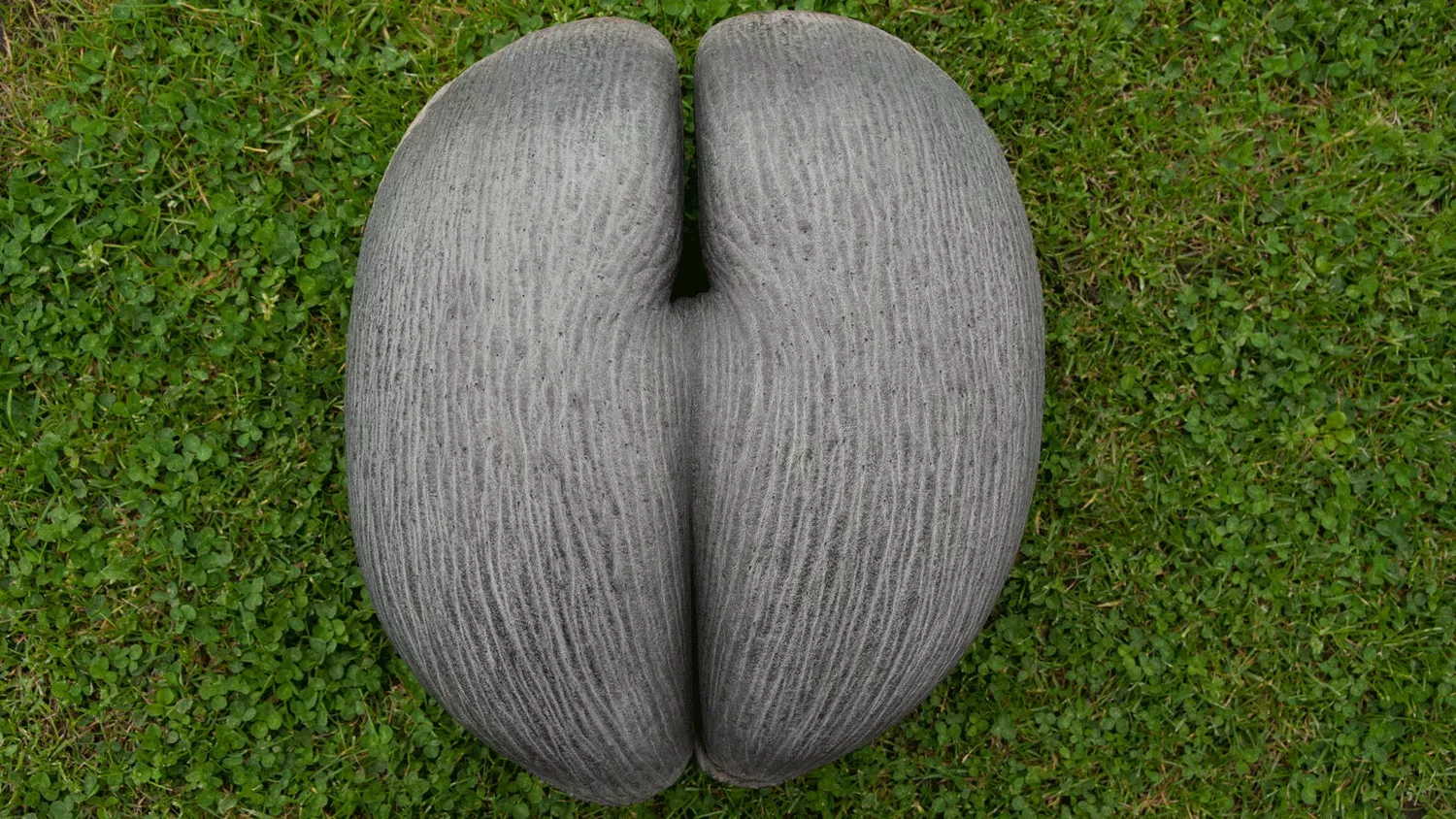
Large seeds at a big risk
Due to overharvesting, there are now only around 8,000 wild mature Lodoicea palms on just the two islands of Praslin and Curieuse.
The species is listed as Endangered on the IUCN Red List of Threatened Species.
To protect them from going extinct, seeds in the wild and in botanical gardens worldwide that have manged to grow them, are carefully guarded, sometimes even placed in cages, to prevent poaching.
Palms closely related to the double coconut also produce seeds that are among the largest in the world, and far larger than most other palm seeds - although much smaller than those of the double coconut (up to 10cm long).
Studying Lodoicea could provide the key to understanding the evolutionary forces that lead plants to produce very large seeds.
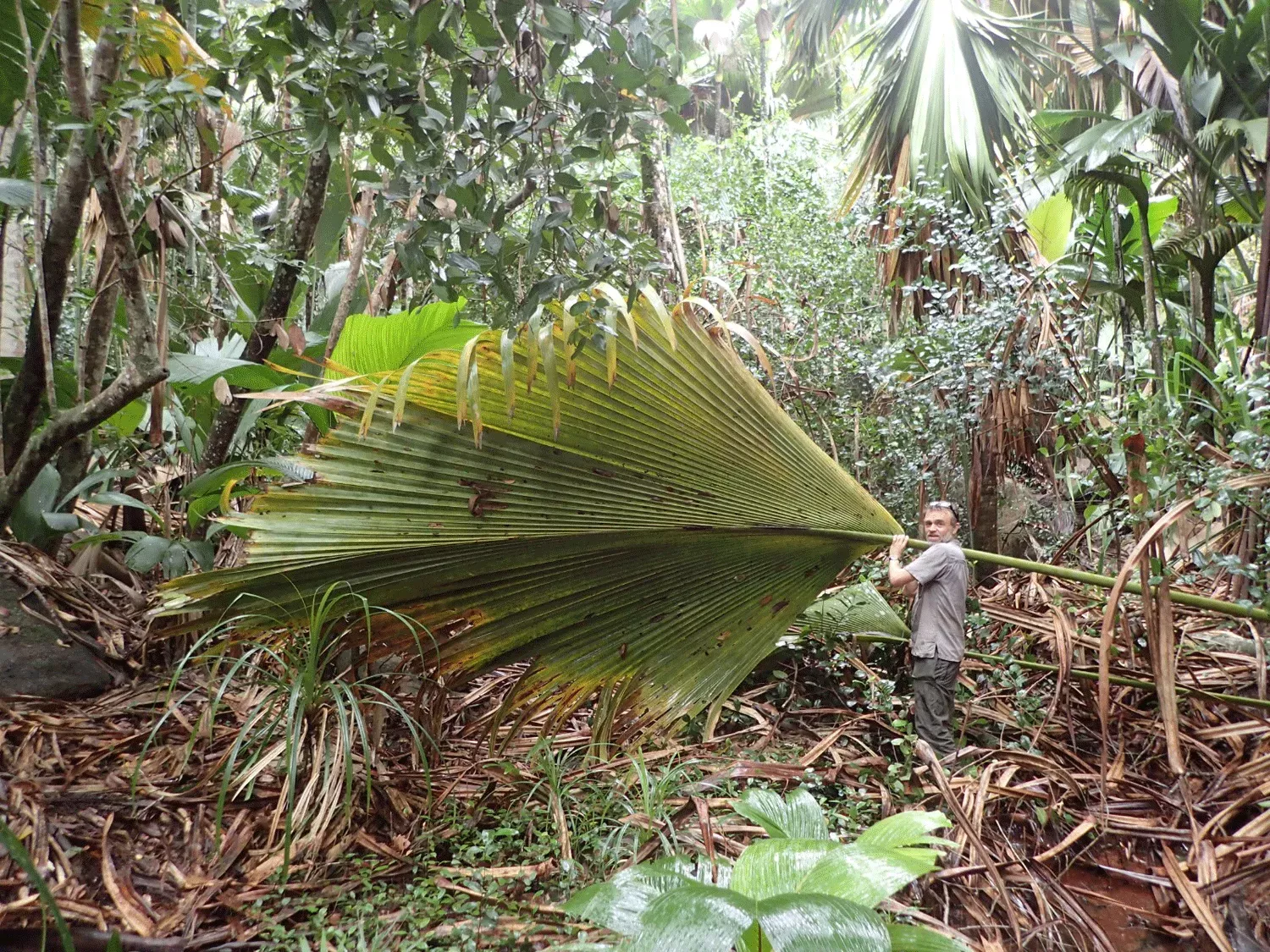
From the island to the lab
Here at Kew, we’ve been trying to understand what could have triggered the evolution of large seeds in Lodoicea and its relatives, and what could have led to the extreme size of the double coconut.
To do that, we combined and analysed data from DNA, seed sizes, and other information about the shape, structure and ecology of these palms.
Our study reveals that several conditions had to be met, in a specific order, to allow the double coconut to exist.
The first condition to be met was overall structure. Plants had to be large with few-branched inflorescences (the flowering stem) to physically allow for large seeds.
The second condition was the existence of shady habitats and/or large seed-dispersing animals. This means it was advantageous for plants to have large seeds as they contained resources to sustain seedling growth until they reached the light of the canopy and/or there were animals large enough to be able to disperse them.
Thirdly, a subsequent lack of dispersal agent. Without dispersers, it was advantageous to have fewer seeds to minimise plant competition under the ‘mother tree’. And because fewer seeds were produced, they could be even larger.
The relatives of the double coconut stopped at the second condition, which likely favoured the evolution of their large seeds.
Some of their ancestors then dispersed to the Seychelles, islands devoid of large seed-dispersing animals (third condition), allowing the gigantic seeds of Lodoicea to evolve.
What we don’t know is whether Lodoicea will continue to evolve towards even bigger seeds.
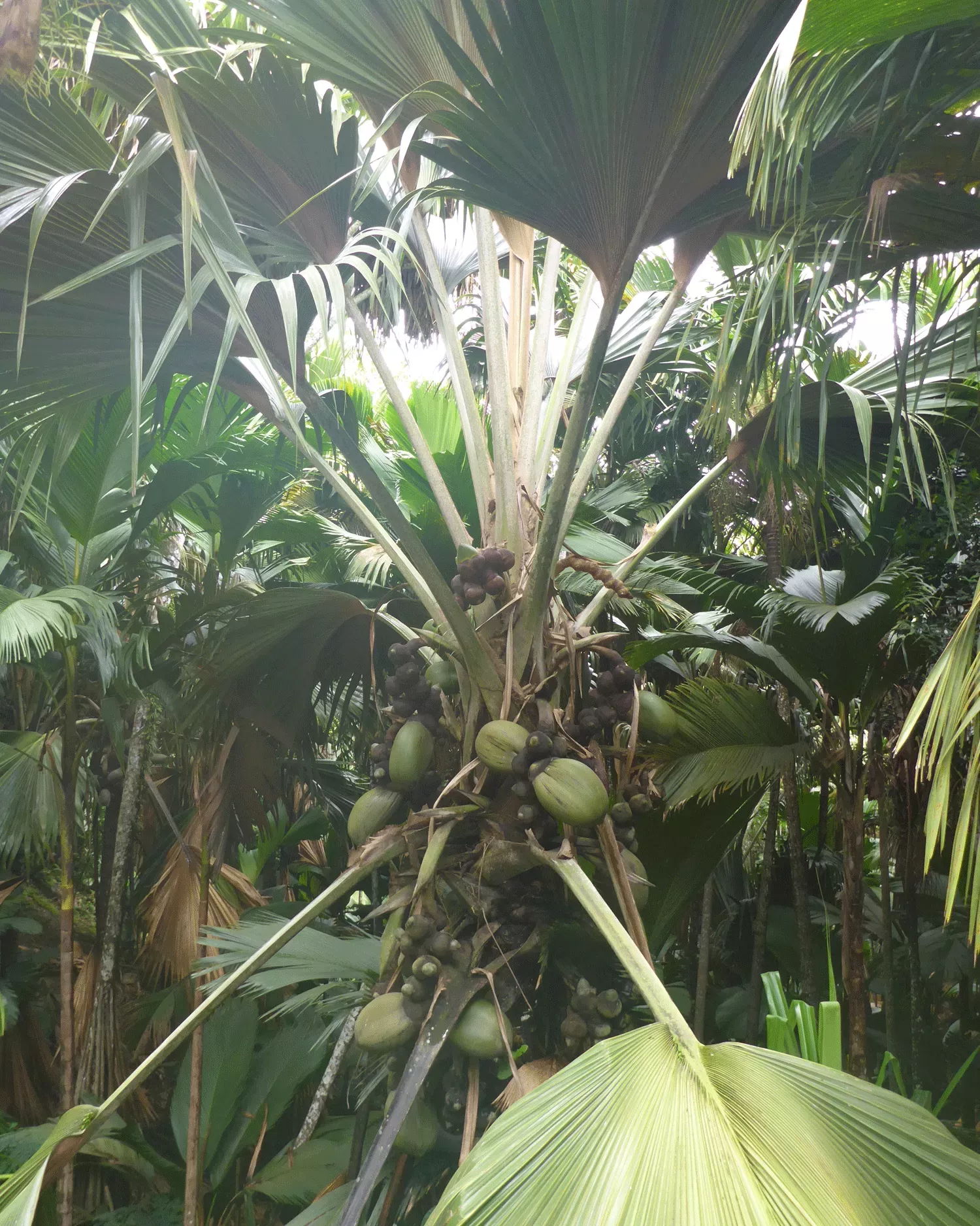
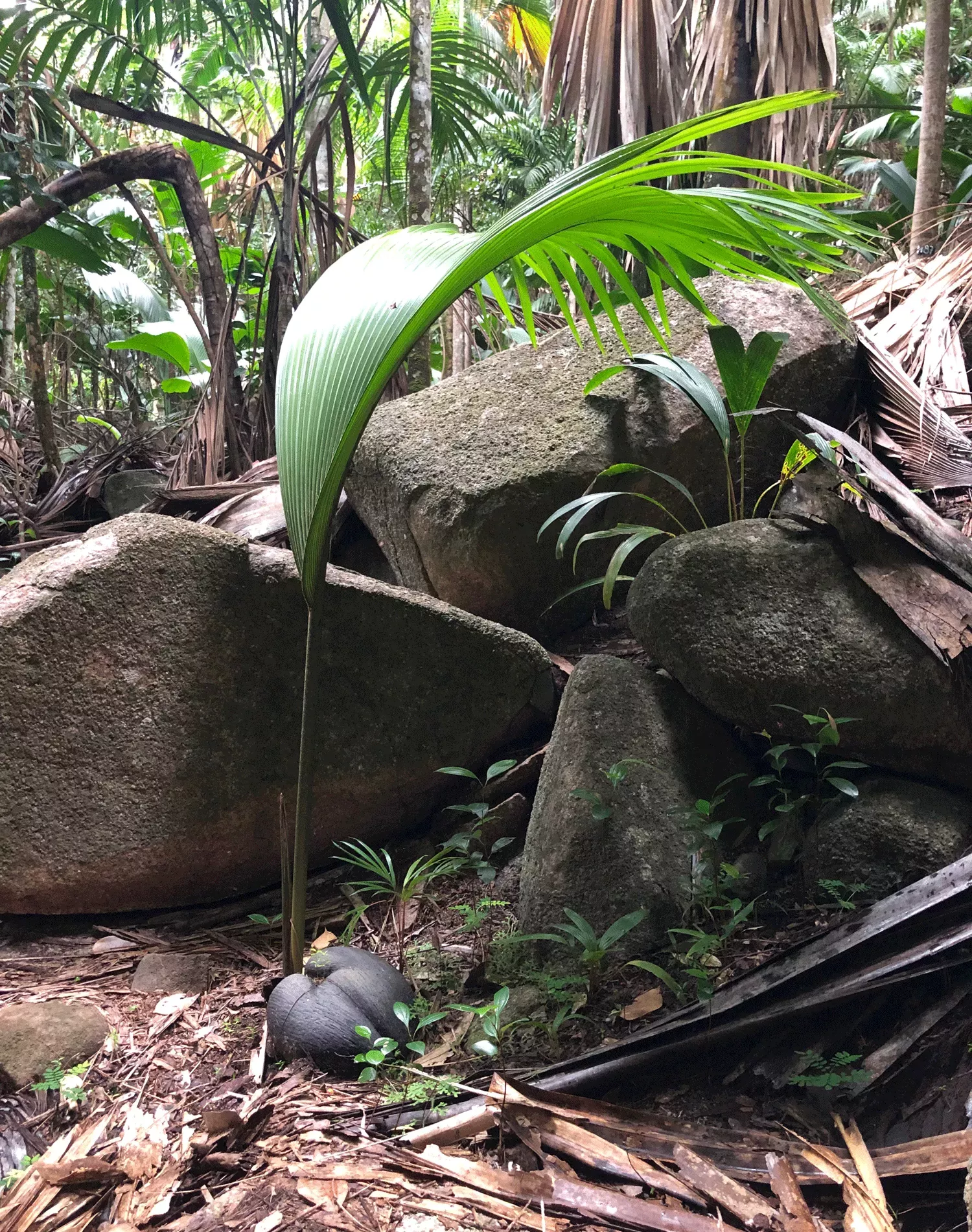
What is lost is lost
The unique gigantism of the double coconut reminds us that time and chance - in this case having already large seeds, randomly landing on a small island without big animals and staying there for thousands of generations - can drive the evolution of diverse features.
Lodoicea is protected but many other plants are facing extinction, together with the services that they provide to nature and humanity.
These services too, are the result of a long and contingent evolution. Recreating them once they are extinct will be much more difficult, often impossible, and more costly than saving them from extinction from the start.
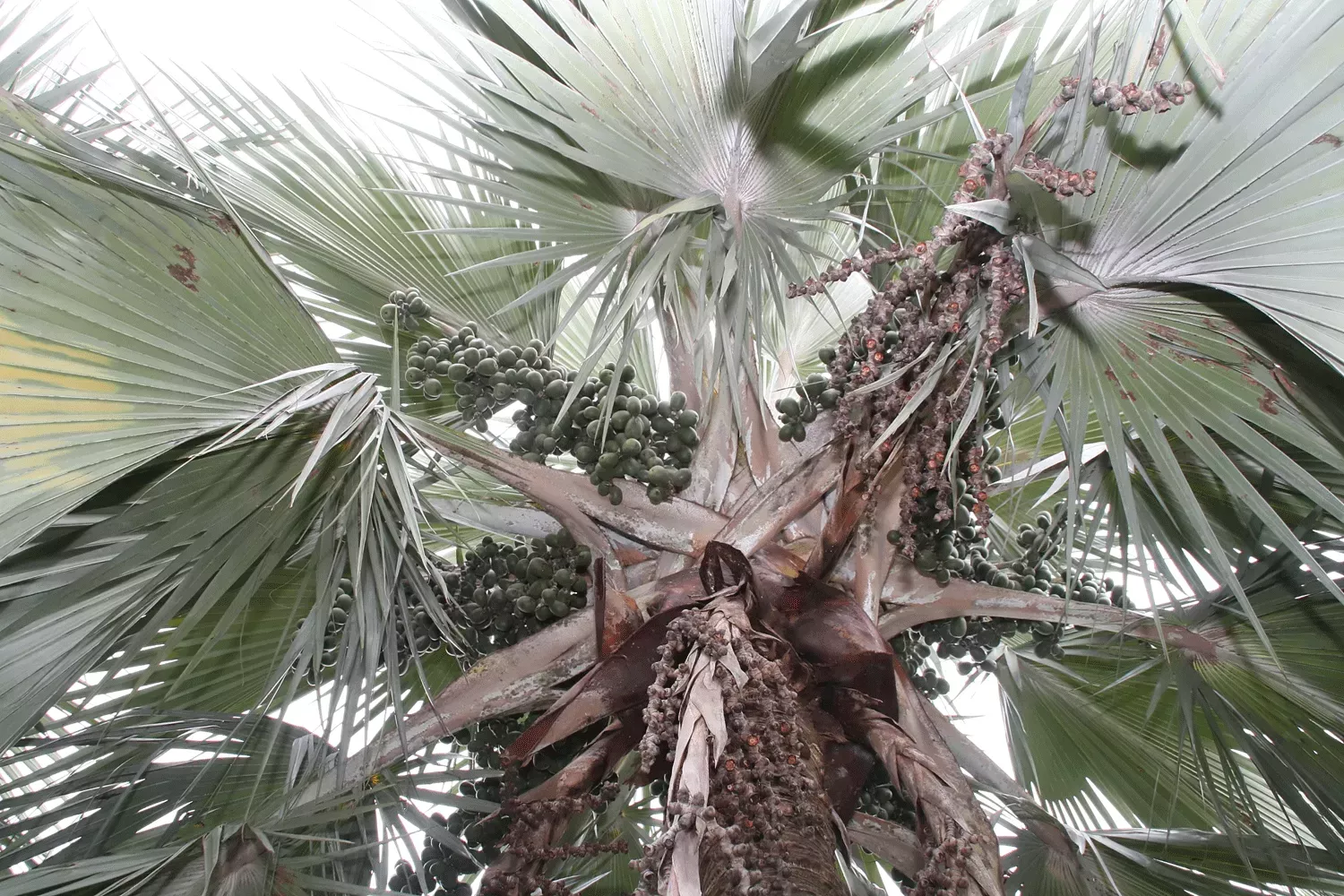
References
Bellot, S., Bayton, R.P., Couvreur, T.L.P., Dodsworth, S., Eiserhardt, W.L., Guignard, M.S., Pritchard, H.W., Roberts, L., Toorop, P.E. & Baker, W.J. (2020). On the origin of giant seeds: the macroevolution of the double coconut (Lodoicea maldivica) and its relatives (Borasseae, Arecaceae). New Phytologist
Edwards, P.J., Kollmann, J., Fleischmann, K. (2002). Life history evolution in Lodoicea maldivica (Arecaceae). Nordic Journal of Botany 22: 227–238.
Fleischer-Dogley, F., Huber, M.J. & Ismail, S. (2011). Lodoicea maldivica. The IUCN Red List of Threatened Species 2011: e.T38602A10136618.
Morgan, E.J., Kaiser-Bunbury, C.N., Edwards, P.J., Fleischer-Dogley, F. & Kettle, C.J. (2017). Tracing coco de mer’s reproductive history: Pollen and nutrient limitations reduce fecundity. Ecology and Evolution 7: 7765–7776.

